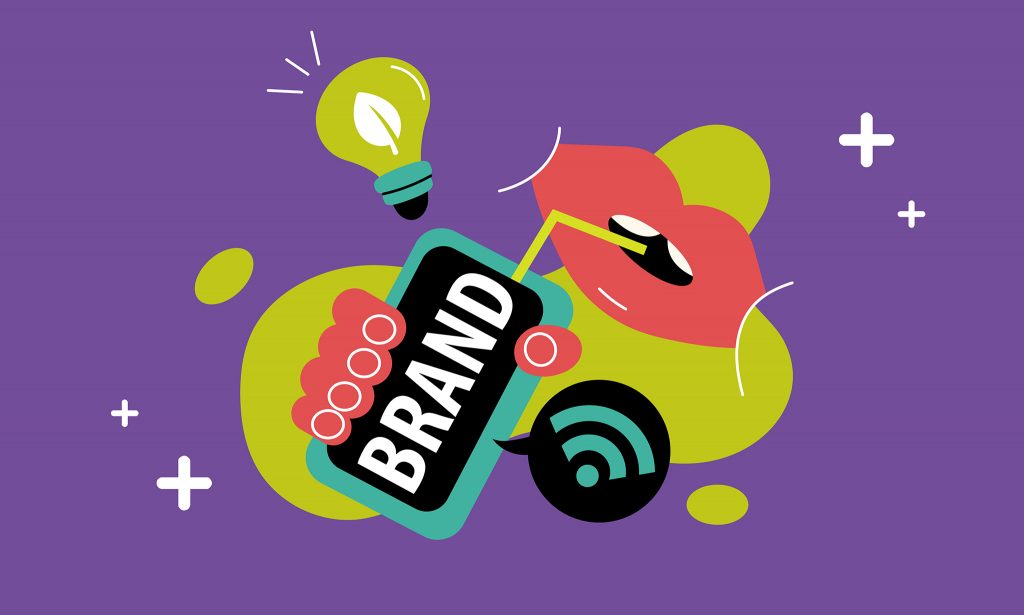
Gen Z is not just looking for aesthetically pleasing packaging—they’re looking for meaning, values, and authenticity behind the design (and maybe life in general). For established brands, capturing this audience requires going beyond surface-level appeal.
Here’s a little explainer that will help demystify these youngins and their precious “values.”
Dude, Where’s My Purpose?
Gen Z is a far more visual generation than their decrepit predecessors, leading brands to take advantage of this GroupThink with packaging targeted to get their blood pumping. It’s the same song and dance we’ve seen with drinks like the Gen. X bait OK Soda.
The significant difference between now and then is the level of information at consumers’ fingertips: if you want to find out if your favorite soda is filling you with microplastics, you ask Google or ChatGPT and you’ll get your answer before you finish your drink.
A recent survey found 32% of Gen Z consumers say authenticity is the driving factor behind their purchasing decisions, expecting brands to align with their values, such as sustainability, diversity, and social responsibility.
Transparency is Non-Negotiable
The rise of social media has prompted Gen Z to ask where their food is coming from and how it’s marketed to them. Gen Z expects the product and the packaging to communicate ingredients, sourcing, and purpose without greenwashing.
Brands that resonate with Gen Z stay true to their values and mission across all touchpoints. Patagonia’s transparency around ethical sourcing practices and environmental impact gives Gen Z consumers a reason to believe in the brand.
When “greenwashing” entered the lexicon, companies began catching on to the media-savvy generation’s growing skills at sniffing out bullshit. It’s no longer enough to brand your cookies in earth-toned packaging. If brands want to reach a crowd that expects a socially conscious product, you gotta put your money where your mouth is and show your work.
Interactive and Digital Integration
Gen Z is now the most digital-savvy generation (with purchasing power) to ever live on this planet. And, until they reach an age where they’re complaining about kids wasting all their time committing atrocities in those SpaceX-brand Hologram Decks, you’re going to see a lot of pandering to the youth.
Brands will continue integrating QR codes and interactive elements to add a layer of engagement that resonates with them. Will the world ever get a can of Pringles with a free interactive hologram of Flavor Flav or Gino from 90 Day Fiancé.
Is that too lofty a goal?
Go Bold or Go Home
This is an audience raised on MORE. More engagement, choices, and avenues to stardom — more than what’s in front of them.
If a brand can merge a vibrant, bold, and slightly unconventional design with a righteous cause or fresh initiative…the sky’s the limit.
Cultural Relevance is Relevant.
Getting older is realizing you never quite experienced your childhood the way you thought. The splashy colors and cheeky fonts that littered 90s teen magazines are back in a post-ironic manner.
Packaging that taps into pop culture, humor, or specific Gen Z aesthetics (e.g., Y2K design or minimalist memes) can build an emotional connection. Kids now have the option to deliver a devastating blow to their parent’s confidence by calling JNCOs “vintage.”
Gen Z is like every other generation: constantly growing, evolving, and making the most of the technology they were born into. Will buying habits continue to change? Yes. Could brands make a total 180 in ten years to sell more to Gen Alpha? Unless it involves a tiny beloved reality TV star in my chips container, I’ll be waiting.
